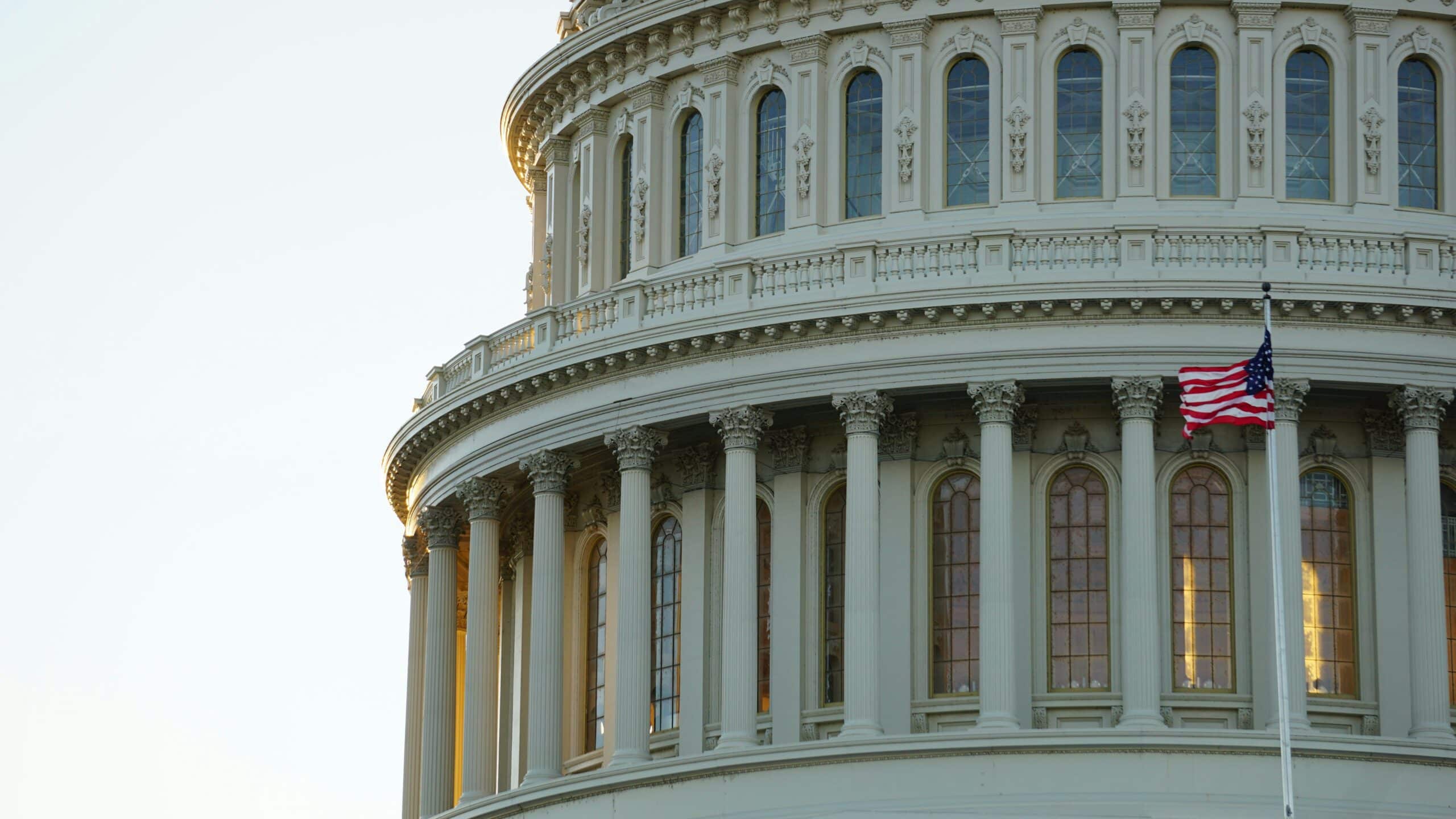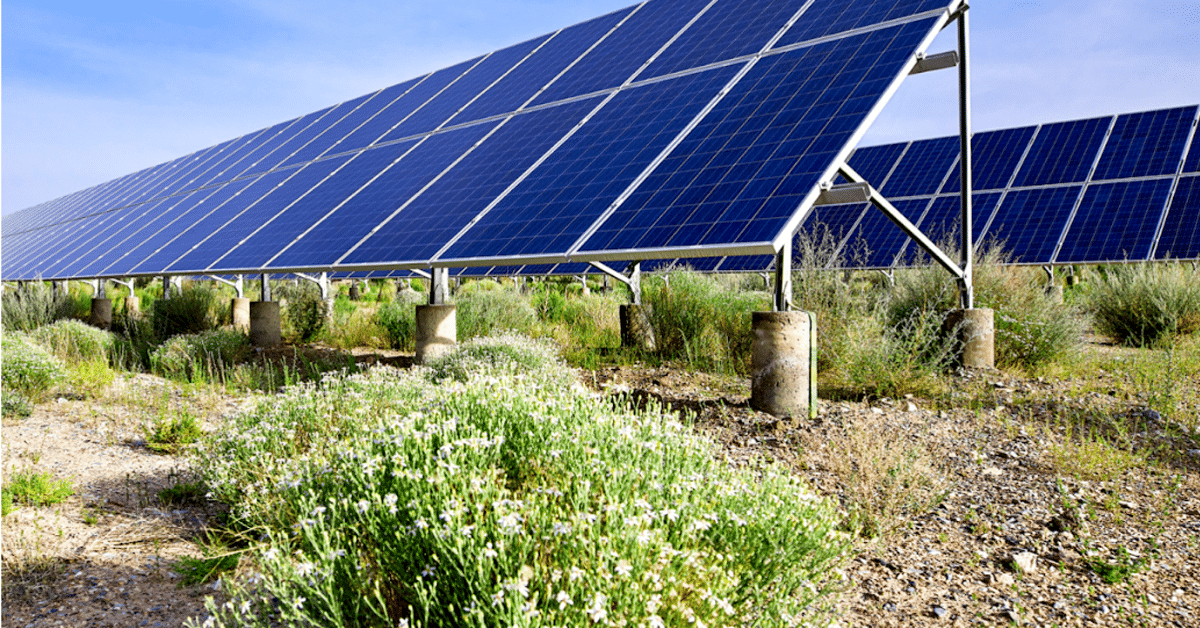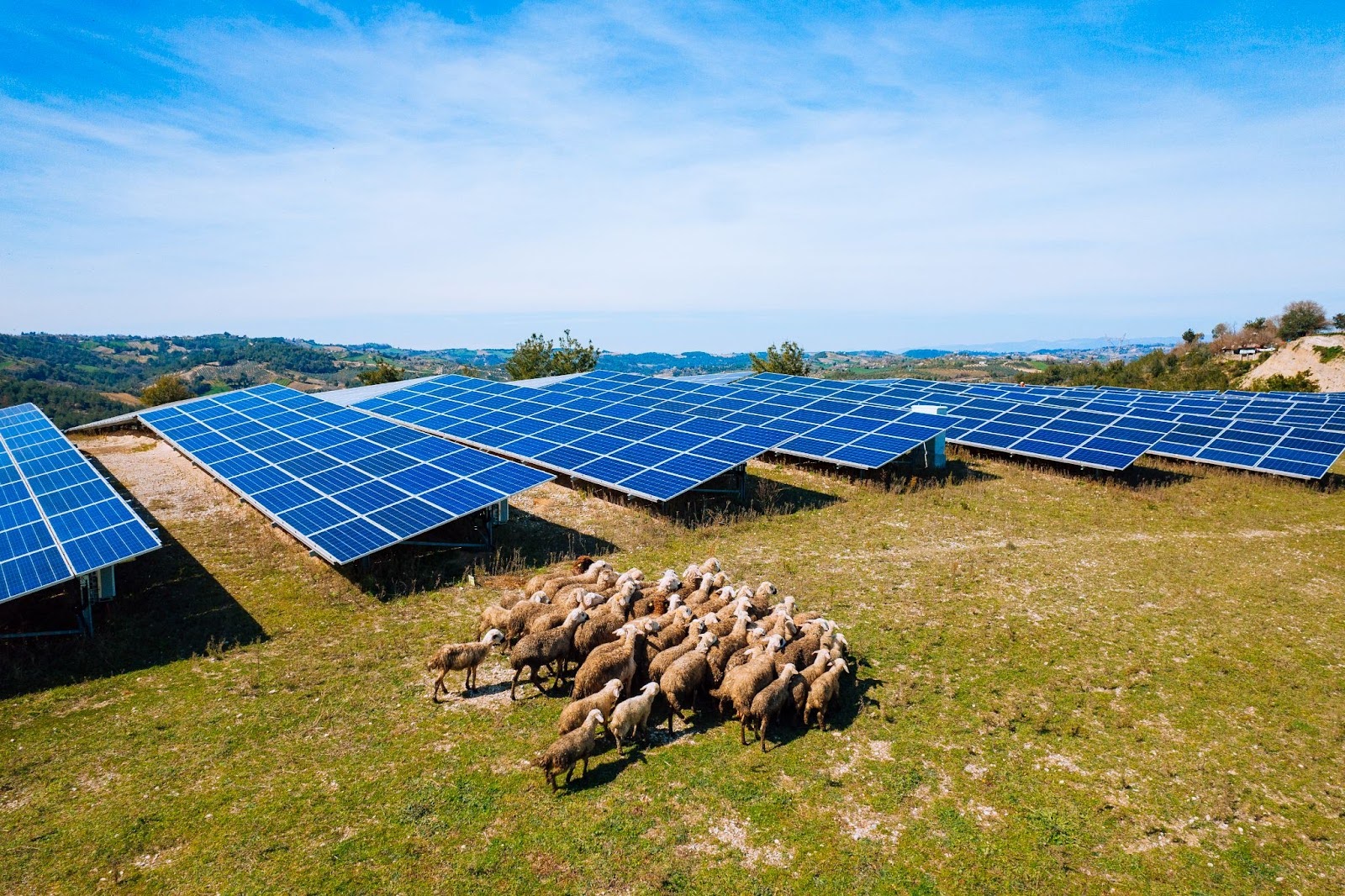POSTED
June 6, 2025
Do Solar Farms Threaten Bird Populations? The Impact of Solar Energy on Avian Wildlife
Solar power offers a compelling solution to climate change, but what about its impact on wildlife?

Do solar farms threaten bird populations? For investors who care about both returns and the environment, this question matters. Misinformation has led some to wrongly equate all solar technology with threats to bird populations and habitats, potentially discouraging support for projects that can actually safeguard these vital ecosystems.
In this article, we’ll clarify the real risks, explain how modern photovoltaic (PV) systems differ from other solar technologies, and show how thoughtful solar development can align with both environmental values and financial goals.
Where the Concern Comes From
Much of the alarm about bird deaths at solar sites originates from concentrated solar power (CSP) plants. These facilities use mirrors called heliostats to focus sunlight onto a central tower, creating intense heat. At the Ivanpah Solar Electric Generating System in California, for example, an estimated 3,500 birds died in a single year due to mid-air burns or collisions with reflective surfaces (PBS SoCal).
But CSP represents only a fraction of solar technology in use today. The vast majority of solar farms, including all of Shasta Power’s projects, utilize photovoltaic (PV) panels. These systems convert sunlight directly into electricity using low-profile panels, mounted close to the ground. Unlike CSP, PV systems do not involve intense heat or vast mirror arrays, making them dramatically less hazardous to wildlife.
Unfortunately, public discourse often fails to distinguish between these technologies, leading to undue concern. While CSP-related risks are real, they are not representative of the broader solar industry. In fact, fossil fuel energy production causes far more harm to bird populations, with approximately 14.5 million bird deaths annually in the U.S. alone, compared to just 37,800 to 138,600 from all types of solar combined (Politifact).
Solar Farms as an Investment Option
PV Solar Farms Have Low Bird Mortality
When it comes to utility-scale solar energy, PV systems are among the safest options for birds. Studies indicate that PV installations cause roughly 1.8 to 2.5 bird fatalities per megawatt (MW) of installed capacity per year (Linn County). In contrast to CSP plants, PV systems do not emit heat or have reflective surfaces that attract or harm birds.
How Solar Compares to Other Threats
Bird deaths from PV solar are significantly lower than those caused by other human-related activities, with estimated impacts ranging from just 0.03 to 0.12 bird deaths per gigawatt-hour (GWh).
In the U.S., wind turbines are estimated to cause between 140,000 and 679,000 bird deaths per year, approximately 0.27 bird deaths per GWh.
Fossil fuel power generation, by contrast, is responsible for approximately 5.2 bird deaths per GWh of electricity produced—largely due to habitat destruction, pollution, and climate-related impacts. (The avian and wildlife costs of fossil fuels and nuclear power)
However, buildings and domestic cats are the leading threats; collisions with windows account for up to 1 billion deaths annually, while domestic cats kill an estimated 1.3 to 4 billion birds yearly (MIT Climate Portal, MIT Reader, Visualizing Energy).
The Real Challenge: Habitat Disruption
While the solar panels themselves pose minimal threat, the construction of large-scale solar farms can disrupt natural habitats. The biggest concerns relate to land clearing, grading, and fencing, which may interfere with nesting and foraging areas. Birds that nest on the ground or use specific migratory stopovers are especially sensitive to these disruptions. (U.S. Fish & Wildlife)
This is where responsible development practices come into play. Developers can avoid sensitive areas, prioritize using disturbed land during site selection, and integrate native vegetation to support wildlife. Choosing locations like brownfields, former industrial sites, or agricultural lands reduces the risk of habitat loss and fragmentation.
Smart Mitigation Strategies Make a Difference
Modern solar developers like Shasta Power are increasingly proactive about wildlife protection. We start every project with detailed environmental assessments to identify local species, nesting zones, and migratory paths. These insights guide our site selection, helping us avoid ecologically sensitive areas.
During construction and operation, our partners implement feasible best practices to reduce impacts:
- Wildlife corridors enable animals to traverse the project areas safely
- Native ground cover restores biodiversity and supports pollinators. (DOE)
- Anti-reflective coatings on panels minimize glare and bird collisions.
- Exclusionary fencing and appropriate lighting deter disruption without harming wildlife.
- Post-construction monitoring ensures that mitigation measures are working.
By aligning development with ecological data and community feedback, these efforts help safeguard biodiversity and reduce permitting delays.
How Shasta Power Balances Growth with Stewardship
At Shasta Power, we believe clean energy and conservation go hand in hand. Our projects are conceived with a long-term view, balancing energy production, financial returns, and ecological care. We prioritize land with existing human impact, like low-productivity farmland or areas near existing infrastructure. We also aim to integrate dual-use strategies where possible, such as pollinator habitats or regenerative grazing under and around solar panels.
Our development model isn’t just about megawatts, it’s about smart, sustainable growth. For investors, this means backing projects that are environmentally resilient and financially robust.
Conclusion: Do Solar Farms Threaten Bird Populations?
When thoughtfully planned and managed, photovoltaic solar farms pose minimal risk to birds. Far from being a threat, solar energy helps address the greatest danger birds face today: climate change. Compared to fossil fuels, PV solar offers a far cleaner, safer, and more sustainable path forward.
By investing in responsible solar development, you’re not just earning returns—you’re helping build a future where clean energy and conservation reinforce each other. That’s the kind of legacy Shasta Power is proud to offer.
Next Steps with Shasta Power
Shasta Power is proud to lead the way in people-powered, planet-positive solar development.
Want to learn more about how your capital can help accelerate clean energy while protecting wildlife?
Contact us today to explore upcoming projects and investment opportunities.





